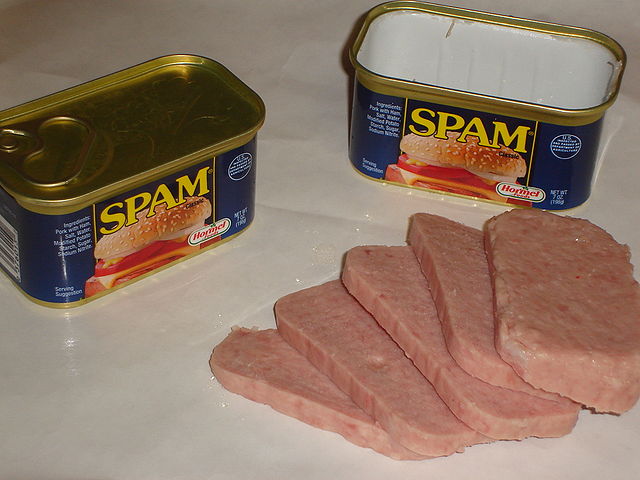Web Design and Redefining SPAM

SPAM started out innocently enough. It was an unassuming “Spiced Ham” made from chopped meat products, bound together with starch and covered with a mysterious, gelatinous glaze.
Originally introduced to the U.S. in 1937, SPAM eventually became a food staple throughout the world, with more than 7 billion cans sold. Its universal presence led to it being parodied by Monty Python, with SPAM in every dish; eventually SPAM came to stand for its universal-ness, its ever-presence, especially in unwanted places.
We didn’t know it or fully verbalize it at the time, but it really started with spam phone calls, i.e. telemarketing. Not too long after that were spam faxes. Today, with the ever-expanding universe of electronic platforms, spam has somehow found its way into every imaginable space, with spam email, text messaging, search engines and social networking. We could even argue that many blogs and posts labeled as “news” are merely nuanced versions of spam.
When we look to create a web presence for an organization, an issue we take very seriously is the kind of content we create for them. Is there any possibility for the content to be regarded as spam; something that does not add value in some way, instructions or information that is meaningful to the reader. Certainly promoting organizational capabilities is a must, however that does not mean that the website should be littered with fluff or “salesy” posturing.
For each of us that operate in the digital space, we need to take seriously what we want to stand for and how we want to position ourselves. That means taking responsibility for our clients as well…
Image credit Wikipedia.
